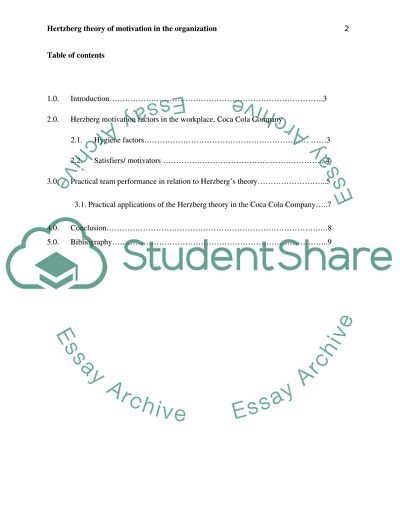Cite this document
(Hertzberg Theory of Motivation in the Organization Literature review, n.d.)
Hertzberg Theory of Motivation in the Organization Literature review. Retrieved from https://studentshare.org/human-resources/1587366-bussiness-interrogation
Hertzberg Theory of Motivation in the Organization Literature review. Retrieved from https://studentshare.org/human-resources/1587366-bussiness-interrogation
(Hertzberg Theory of Motivation in the Organization Literature Review)
Hertzberg Theory of Motivation in the Organization Literature Review. https://studentshare.org/human-resources/1587366-bussiness-interrogation.
Hertzberg Theory of Motivation in the Organization Literature Review. https://studentshare.org/human-resources/1587366-bussiness-interrogation.
“Hertzberg Theory of Motivation in the Organization Literature Review”, n.d. https://studentshare.org/human-resources/1587366-bussiness-interrogation.


